How To Allow Pop-Ups on Mac or Unblock Them
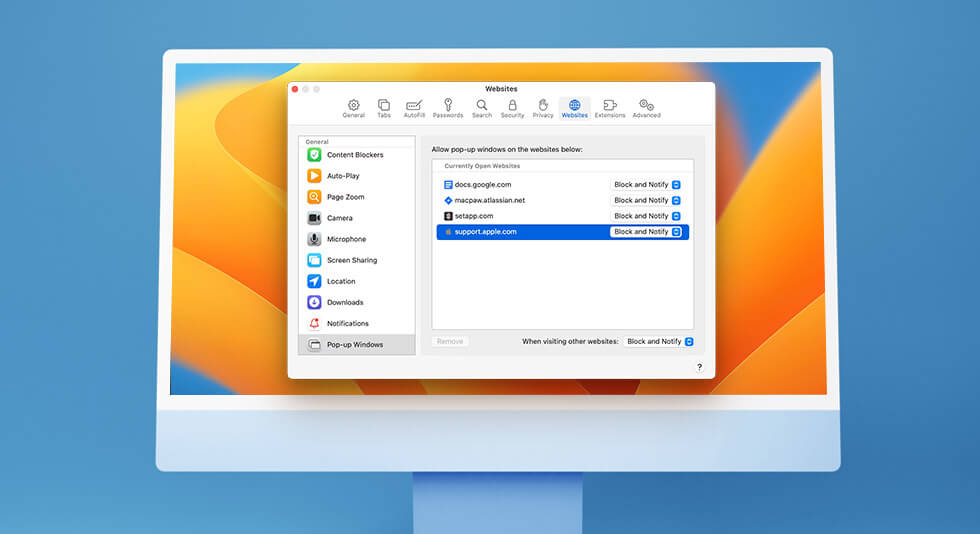
In today’s digital era, our entire world revolves around the Internet. Without surfing the web, we can not go for a few minutes (or a flash of seconds). Yes, it has a gripping effect on our day-to-day lives. The daily use of the internet has been enriching the entire world.
But isn’t it frustrating when many ads and pop-ups crawl over the screen and distract us immediately? Well, not all pop-ups are bad. Several websites use useful pop-ups to interact with us, be it a payment confirmation, survey form, age verification, etc.

Compared to web browsers like Google Chrome, Mozilla Firefox, Microsoft Edge, and others, Safari is less prone to advertisement exposure. Safari, the default browser on macOS, offers you various advanced security features for a safe and smooth browsing experience. So, yes, there may be a few instances when you want to specifically enable a pop-up on the Safari browser.
Wondering how to allow pop-ups on Mac? We’ve got you covered. In this post, we have listed a step-by-step guide on unblocking pop-ups on Mac so you can browse distraction-free on Safari.
Let’s get started.
How to Allow Pop-Ups on Mac:
Part 1: How to Enable Pop-Ups on Mac? (Safari)
Safari is a security-centered web browser on macOS that offers you complete control to tweak or customize any setting. This nifty web browser has a dedicated ad blocker that efficiently blocks ads and pop-ups, offering a smooth, distraction-free browsing experience. And whenever this pop-up blocker works, Safari shows a small red notification in the address bar.
Want to unblock a pop-up? Let’s learn how to turn off pop-up blockers on Mac. Here’s how you can change the pop-up blocker setting on the Safari browser.
1. Launch Safari and then select “Preferences.”
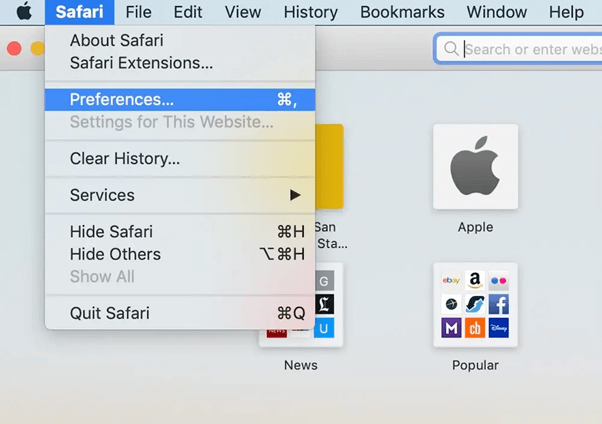
2. Switch to the “Websites” tab. Select the “Pop-up window” option from the left menu pane.
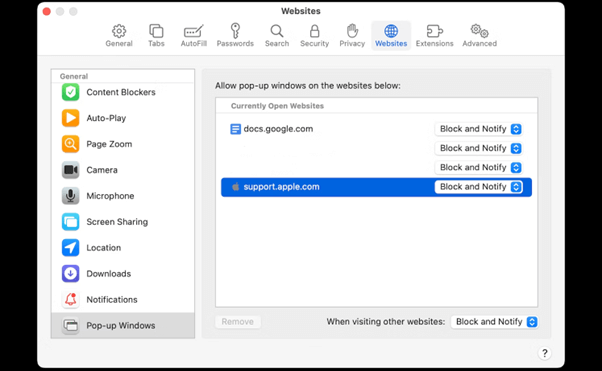
3. You will now see a list of websites on the screen. Pick a website and then select “Allow” using the drop-down menu.
4. By doing so, you can easily allow pop up on Mac.
Also read: Best Mac Apps Must Have In 2022
Part 2: How to Enable Pop-ups on Mac (Chrome Browser)
Not a fan of Safari and prefer Chrome for your browsing needs? Yes, you can even control the pop-up blocker settings on Mac for the Chrome browser. Here’s how you can do it:
1. Launch the Chrome browser on your Mac and head to the “Settings” section.
2. Select the “Privacy and Security” category from the left menu pane.
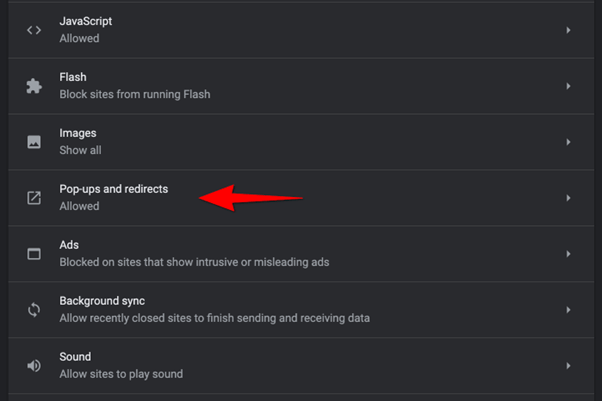
3. Tap “Site Settings” and then select “Pop-ups and redirects.” Choose “Allow” to unblock pop-ups on Chrome.
4. Want to enable pop-ups on Chrome for an individual website? You can even add an exception for a single website to allow pop-ups.
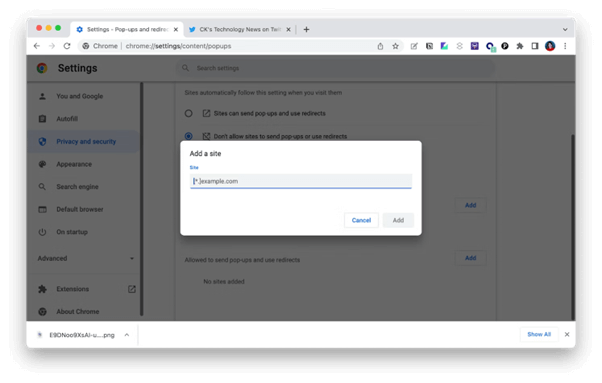
5. Open Chrome Settings, and select “Privacy and Security.” Tap “Site Settings” and select “Pop-ups and redirects.”
6. Tap on the “Add” button placed next to the website to add an exception.
Also read: 10 Best Safari Alternatives For Mac 2022
Part 3: How to Enable Pop-Ups on Mac (Firefox)
So, if you use the Firefox browser on Mac for browsing, here’s how you can tweak the pop-up blocker setting.
1. Launch Firefox on Mac and then head to the “Settings” section.
2. Select the “Privacy and Security” section from the left menu pane.
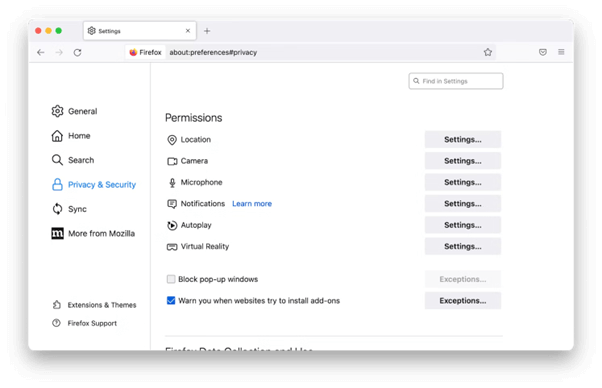
3. Uncheck the “Block pop-up windows” option, and that’s it! Here’s how you can allow pop-ups on Mac in Firefox.
Also read: How To Clear Search History On Mac – Safari, Chrome, and Firefox.
Conclusion
This wraps up our step-by-step guide on how to allow pop-ups on Mac in Safari, Chrome, and Firefox. You can easily tweak the built-in settings of each browser to enable pop-ups on Mac. We hope you have learned all about how to turn off pop-up blockers on Mac. Do you think pop-ups or advertisements hinder your browsing experience, or are they useful? Feel free to share your thoughts in the comments space!

 How To Fix MacBook Charger Not Working Issue
How To Fix MacBook Charger Not Working Issue Mac Disk Cleanup Guide 101: How To Free Disk Space On Mac?
Mac Disk Cleanup Guide 101: How To Free Disk Space On Mac? How To Delete Downloads On Your Mac To Free Up Space
How To Delete Downloads On Your Mac To Free Up Space